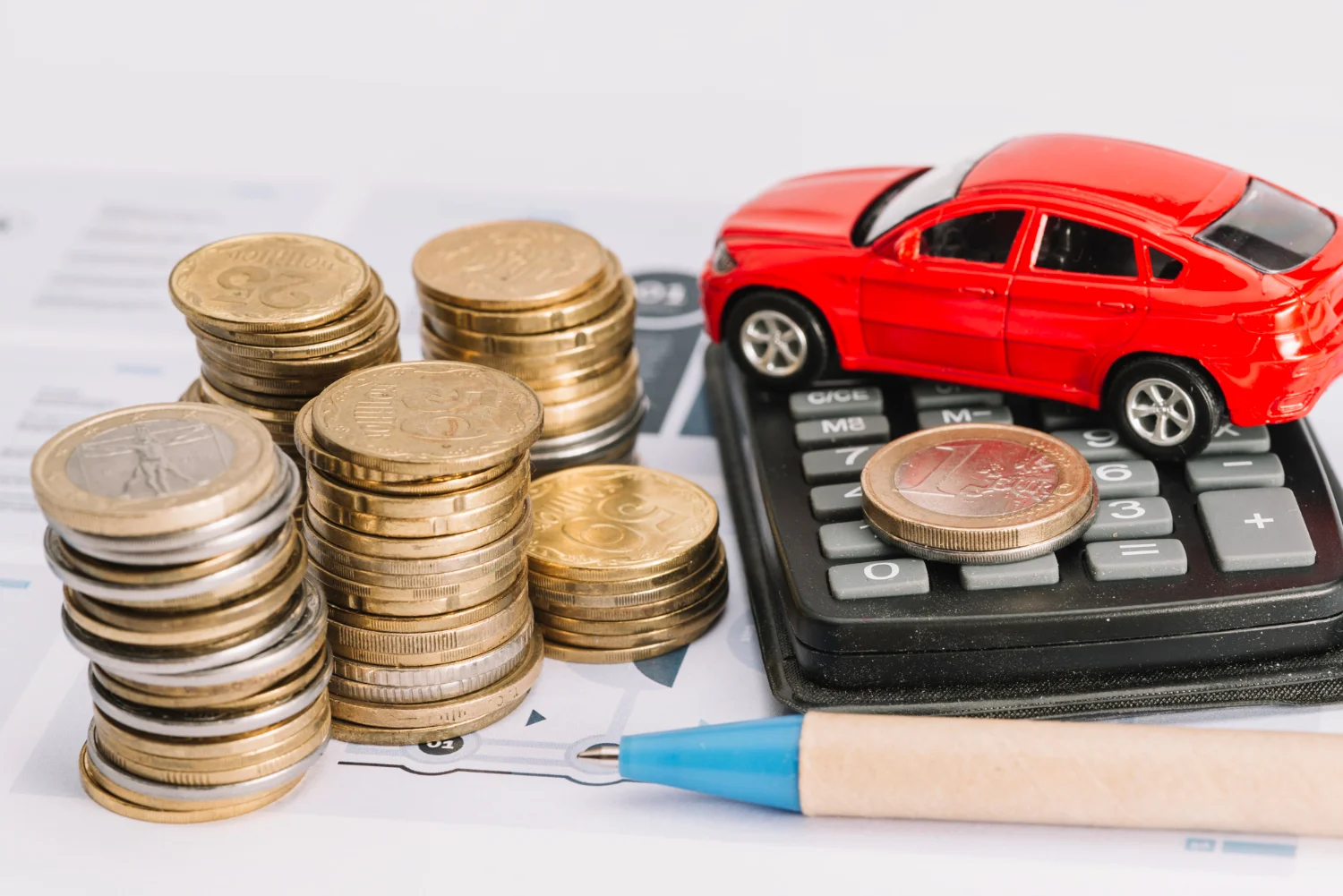You’ve been driving your car for a while, and life circumstances have changed. Maybe your family is growing, or you want something more reliable. You’ve been eyeing a newer model, but there’s a lingering question: Can I trade in a financed car? It’s a dilemma many car owners face when they owe money on a vehicle but want to move on to something new. In this article, we’ll explore your options and provide you with a roadmap for trading in a financed car.
Understanding What It Means to Finance a Car
Before diving into the trade-in process, it’s essential to understand what financing a car really means. When you finance a car, you take out a loan to cover the vehicle’s price and agree to pay it back with interest over a set period. However, the car remains the lender’s collateral until the loan loan is fully paid off. As you make payments, you’re building equity in the car, but until the loan balance is paid off, you don’t own it outright.
Can I Trade in a Financed Car? Here’s the Short Answer
Yes, you can trade in a financed car, but the process can be more complex than simply driving to a dealership and handing over your keys. When you trade in a car that’s still financed, the trade-in value will be applied to your loan balance. If the trade-in value is higher than your loan balance, you’ll receive the difference as equity toward your next purchase. But what happens if your loan balance is higher than the trade-in value?
What Happens If You Owe More Than the Car’s Value?
This is where things can get tricky. If you owe more on the car than its trade-in value, you’re in what’s called an “upside-down“ or “underwater“ situation. In this case, the remaining loan balance will be added to your new LoanLoan, potentially increasing your payments or financing costs.
Example: Negative Equity Explained
Let’s say you still owe $12,000 on your car loan, but the dealer offers you $10,000 for your trade-in. You now have $2,000 in negative equity. If you proceed with the trade-in, you’ll need to roll that $2,000 into your new financing deal, making the new car’s cost higher.
How to Trade in a Financed Car: A Step-by-Step Guide
Trading in a financed car involves several key steps:
1. Check Your Loan Balance
Before anything else, you need to know how much you owe on your car loan. You can get this information from your lender or by checking your latest statement.
2. Assess Your Car’s Value
Research the current market value of your car. Websites like Kelley Blue Book and Edmunds can help you estimate what your car is worth in today’s market. Make sure to factor in its condition, mileage, and any other unique features.
3. Visit Multiple Dealerships
Once you know the value of your car and your loan balance, you can visit different dealerships to get offers for your trade-in. Keep in mind that the more competitive your trade-in offers, the better leverage you have when negotiating.
4. Negotiate Your Deal
If your car’s trade-in value exceeds your loan balance, you’re in a strong position to negotiate a good deal on your next vehicle. On the other hand, if you’re upside down on your LoanLoan, try to negotiate the terms of your new LoanLoan, including interest rates and monthly payments, to keep things manageable.
5. Finalize the Deal
Once everything is agreed upon, you can finalize the trade-in and financing details. The dealer will handle paying off your remaining loan balance, and you’ll be on your way to your new car!
Things to Keep in Mind When Trading in a Financed Car
While the process may seem straightforward, there are a few factors to keep in mind:
1. You’re Still Responsible for the LoanLoan
Even though you’re trading in your car, you’re still responsible for the remaining balance of your loan loan. The dealership may pay off the LoanLoan directly, but the debt doesn’t magically disappear—it’s just transferred into the new financing deal.
2. Equity Can Help Your Next Purchase
If you have positive equity in your car, you can use that equity to lower the cost of your new car or reduce your monthly payments. That’s a great way to help cushion the financial impact of buying a new vehicle.
3. Upside-Down Loans Can Be Costly
If you owe more than your car is worth, you’ll need to carefully consider whether it makes sense to roll that negative equity into a new car loan. Pay off the remaining balance first, or wait until you’ve gained more equity in the vehicle.
Pros and Cons of Trading In a Financed Car
Pros:
- Convenience: Trading in your financed car is a convenient way to get rid of your old car without worrying about private sales.
- Equity Toward New Car: If you have equity in your current vehicle, you can use it toward your next purchase.
- Dealer Takes Care of the Paperwork: The dealership will typically handle most of the paperwork, including paying off your loan balance.
Cons:
- Negative Equity Risk: If you owe more than your car’s value, you could face higher monthly payments or loan costs.
- Financing Terms May Change: Rolling over negative equity may result in higher interest rates or less favourable financing terms.
Conclusion: Is It Worth Trading in a Financed Car?
In conclusion, the answer to Can I trade in a financed car? Yes, but it requires a clear understanding of your loan balance, your car’s value, and how to handle any negative equity. If you’re upside down on your LoanLoan, you may want to consider alternatives such as paying down your LoanLoan or waiting until your car’s value increases. However, if you have equity in your car, trading it in can be a straightforward and beneficial way to upgrade to a new vehicle. Always ensure that you fully understand the financial implications before making a decision.



